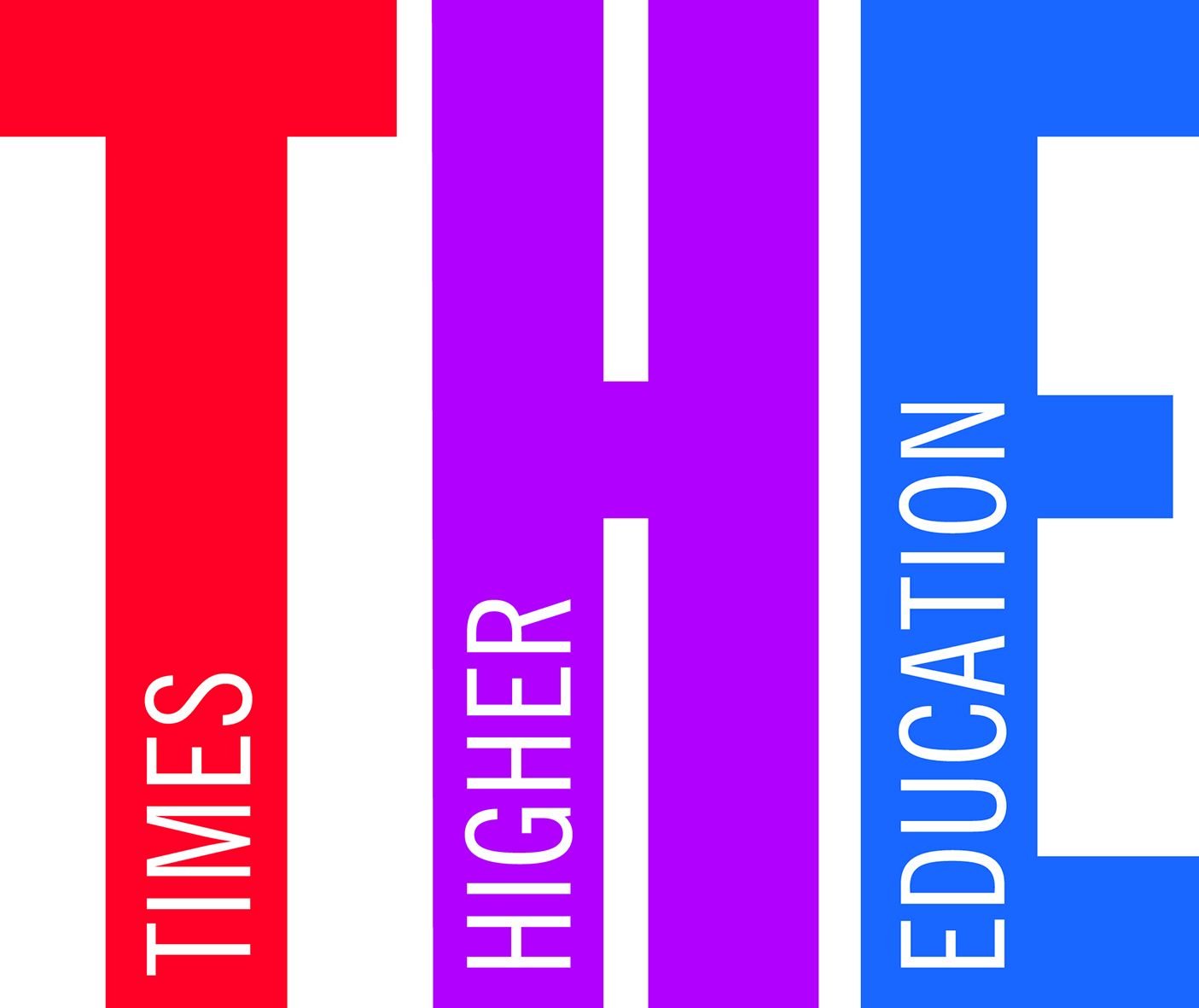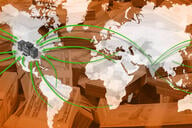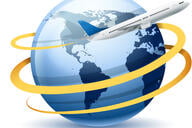You have /5 articles left.
Sign up for a free account or log in.
Russia is recruiting international students to strengthen its “soft power” in former Soviet states rather than gaining any significant income from foreign enrollments, a study suggests.
About 283,000 international students studied at Russian universities last year, making it the sixth-largest market for globally mobile students, behind only the United States, Britain, China, France and Australia, figures gathered by the Institute of International Education’s Project Atlas study show.
 That represents a fourfold increase since 2001-02, when about 72,000 international students were based in Russia, with numbers increasing by 13 percent between 2014-15 and 2015-16 alone -- the fastest growth of any major higher education sector.
That represents a fourfold increase since 2001-02, when about 72,000 international students were based in Russia, with numbers increasing by 13 percent between 2014-15 and 2015-16 alone -- the fastest growth of any major higher education sector.
However, 69 percent of these students came from Azerbaijan, Belarus and other members of the Commonwealth of Independent States that were previously part of the Soviet Union, with some 10,000 students from former Soviet states receiving scholarships from Russia, according to an analysis by Alena Nefedova, a researcher at Moscow’s National Research University Higher School of Economics.
In terms of attracting international students, “Russia is not about making money -- it is about soft power and influencing people through education,” Nefedova told Times Higher Education.
“U.K. and U.S. universities will use international students to gain money, but Russian government universities are mainly exporting education because of [state] pressure,” she added.
For instance, a 2014 survey of 540 Russian universities with international students found that exactly half derived no income from these enrollments, said Nefedova. The total income derived by those that did charge fees stood at just 49 million pounds ($60 million) -- or about £208,000 ($254,000) per university, she added.
Despite this meager international income -- the Russian sector has about six million students overall -- the country’s universities are still keen to recruit foreign students because it improves internationalization indicators used to rank institutions globally, with high performers likely to receive more state funds, Nefedova said.
“It is about the rankings game -- the more institutions rise up the rankings, the more money they will receive from the 5-100 program,” she said of Russia’s flagship higher education funding project that aims to have five universities in the world’s top 100 by 2020.
“Everyone understands [that] this aim is nearly impossible,” Nefedova added.
The 5-100 investment had been beneficial for Russian higher education in other ways, such as encouraging universities to become more international in their outlook and concentrate on their research strengths, she said.
However, Russia is failing to capitalize fully on its support for international students, owing to its failure to bring more of the highly skilled international graduates that it had trained into its labor market, Nefedova said.
“We have interviewed many international students who have said, ‘Russia has given me a quality education for free and I want to work here, but they have made it impossible for me to stay,’” she said.




